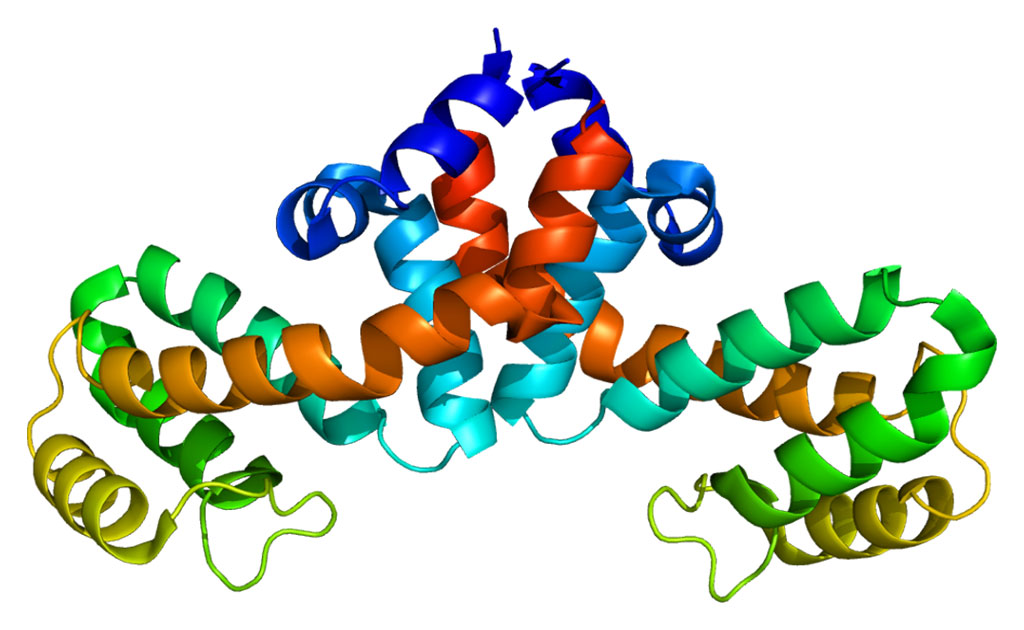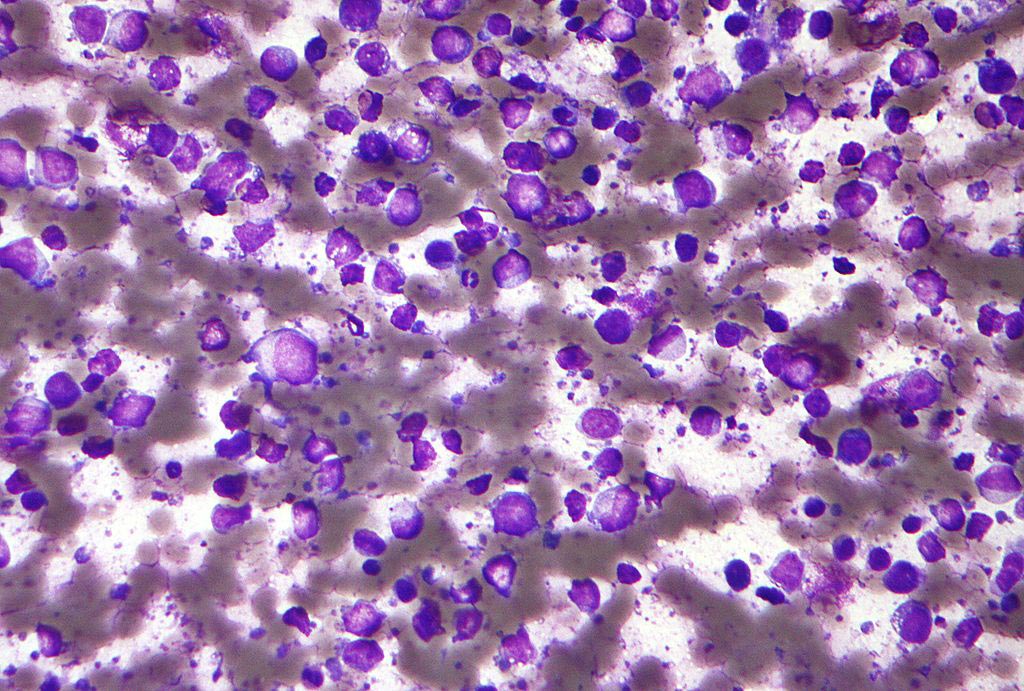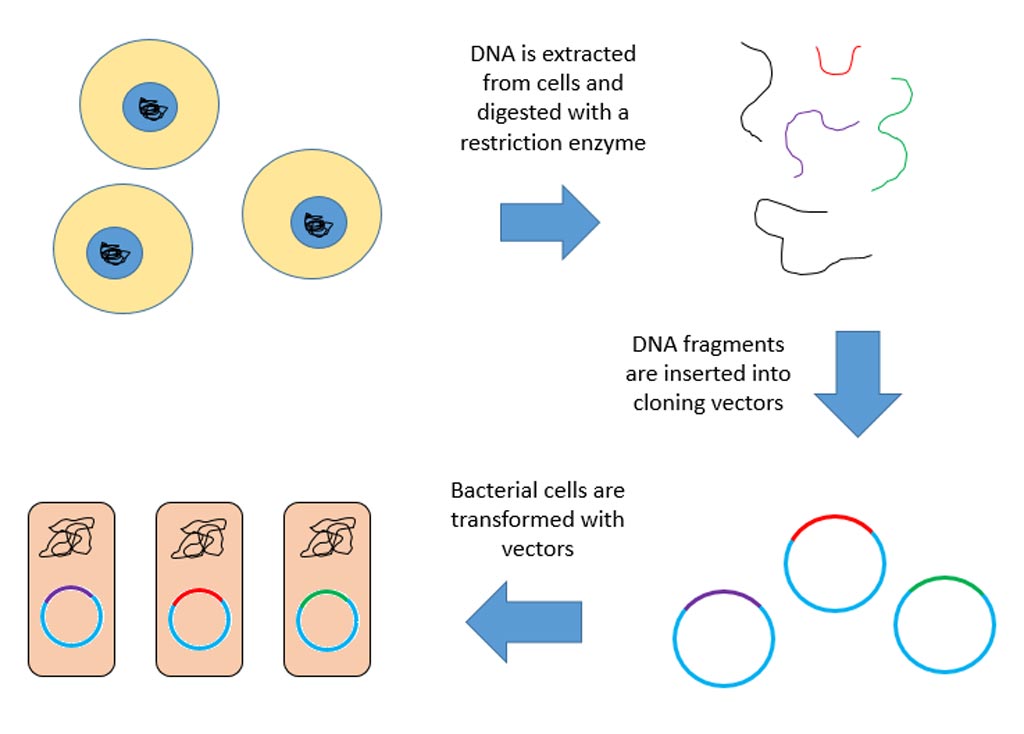Temperature Imaging Application Illuminates Pathogenesis of Cancer and Other Diseases
By LabMedica International staff writers
Posted on 11 Feb 2013
Japanese researchers are investigating the functions of messenger ribonucleic acid (mRNA) has found a way to take a close look at the temperature distribution inside living cells. This new approach may lead to a better determination of diseases, such as cancer, which generates considerable intracellular heat. Posted on 11 Feb 2013
This advance is the first time that the actual temperature distribution has been shown inside living cells. The investigators presented their findings at the 57th annual meeting of the Biophysical Society (BPS), held February 2-6, 2013, in Philadelphia (PA, USA).
Traditional temperature imaging techniques are deficient in spatial resolution and sensitivity, meaning these approaches are not capable of imaging very tiny temperature differences inside living cells. To resolve these problems, the scientists developed a new imaging application that combines a highly sensitive thermometer with an incredibly accurate detection technique, enabling the creation of detailed intracellular temperature maps.
“Our imaging method allows us to clearly see the temperature inside living cells, and we found that the temperature differs greatly depending on the location in the cell,” said Dr. Kohki Okabe, an assistant professor at the University of Tokyo’s (Japan) laboratory of bioanalytical chemistry, Graduate School of Pharmaceutical Science. “We discovered that the temperature difference is related to the various stages of the cell cycle.”
This research provides a unique point of view: Temperature not only regulates biologic molecules, but it in reality contributes to cellular functions. “By incorporating cellular temperature mapping into the analysis of any kind of cellular event, we can achieve a deeper understanding of cellular functions,” Dr. Okabe explained. “It is our hope that by using this method of temperature imaging, the pathogenesis of diseases known to generate significant heat within cells, such as cancer, can be clarified. We believe this may help lead to future cures.”
Dr. Okabe and coworkers now plan to research how temperature contributes to cellular functions in even greater detail, as well as examine discrepancies in the intracellular temperatures of a range of living cells.
Related Links:
University of Tokyo














